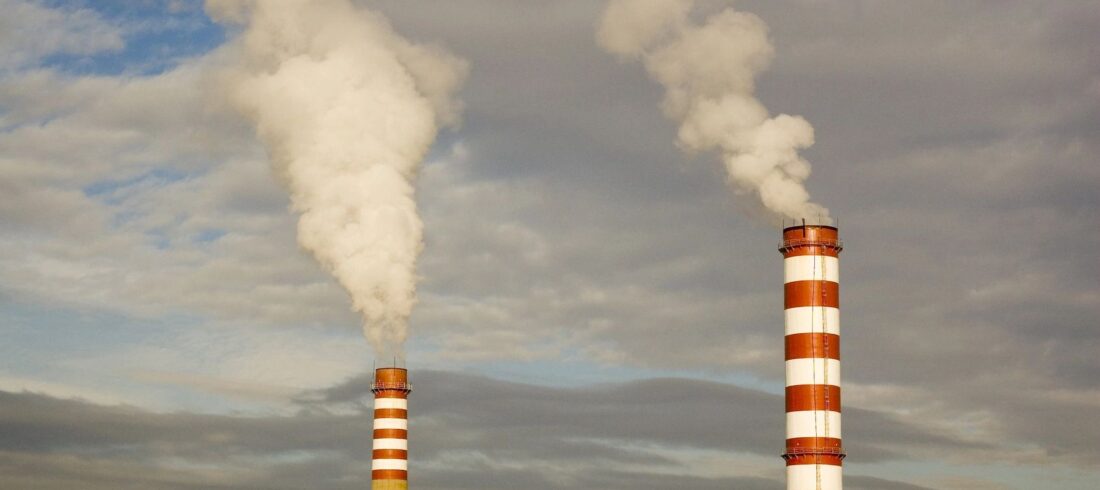The red plastic portable gas container that sits in practically every garage or tool shed could be a bomb waiting to explode without warning. And manufacturers and retailers have done little to diffuse it.
They have known for years that gas vapor from inside the container can trigger a flashback explosion if it comes in contact with an ignition source, such as a flame or spark.
That means a gas container could blow up while using it to fill up a lawnmower or weed trimmer. It could explode around activated power tools and water heaters. Even static electricity can start a blast.
Such blasts have killed hundreds of Americans while severely injuring thousands more. And more such incidents are likely to happen.
Attorneys at Humphrey, Farrington & McClain, on behalf of plaintiffs injured from gas can explosions, have sued gas can manufacturers for their failure to make a safer, non-combustible product and their retailers for selling them.
Kenneth B. McClain, senior partner of Humphrey, Farrington & McClain, said his clients would never have had to go to court had the gas can manufacturers followed a simple suggestion from safety experts: the installation of a flame arrester.
A flame arrester is a simple screen that impedes the progression of a flame. It has openings that are small enough to dissipate the energy of the flame.
As far back as 1977, experts have stated that gasoline cans should have flame arresters in all openings, including the pour spout and the vent.
And the technology has been in use since 1815 when coal miners attached wire gauze to their burning lamps to prevent them from igniting with explosive gases deep in the earth.
But many gas can manufacturers have rejected the idea because of costs and opposition to further regulation.
“It is unexplainable why they have blocked flame arresters with no apology or concern,” McClain said. “Gasoline containers without flame arresters are unreasonably dangerous and defective.”
Explosions occur when gas can vapors are ignited at the end of the spout. The ignition travels inside the container and causes the gas can to explode within seconds. Once it ruptures, it spews burning gasoline all over the place.
Experts say the confinement of vapors allows for such a rapid energetic release during the combustion process. Like a flame thrower, fire jets out and catches anyone around it.
And it doesn’t matter how much gasoline is in the container. In fact, according to experts, the likelihood of an explosion is higher if it is less than halfway filled because the empty “head space” fills with gasoline vapors.
According to industry estimates, Americans buy 20 million gas cans a year, and there are more than 100 million of them currently in circulation.
Anyone who has been injured by an exploding gas can or knows someone who has been killed or injured in such a way are encouraged to call Humphrey, Farrington & McClain at (816) 836-5050 or the toll-free number (877) 436-3692.


